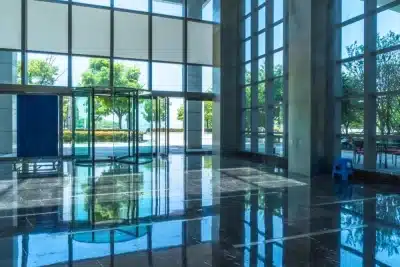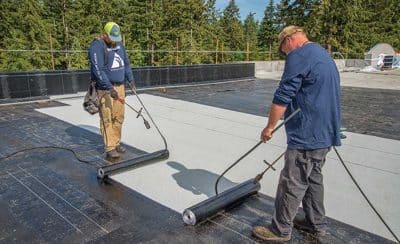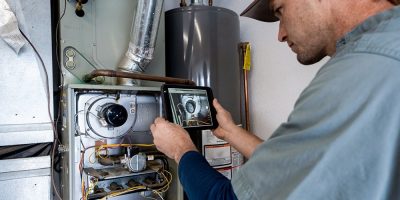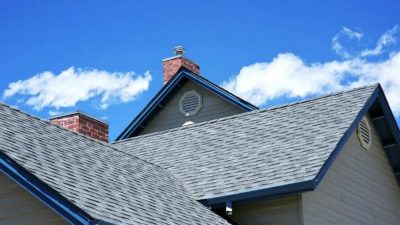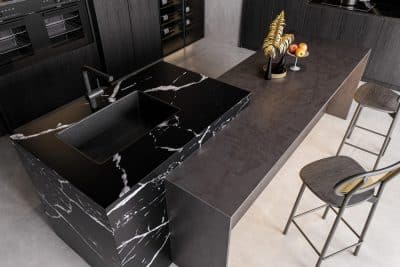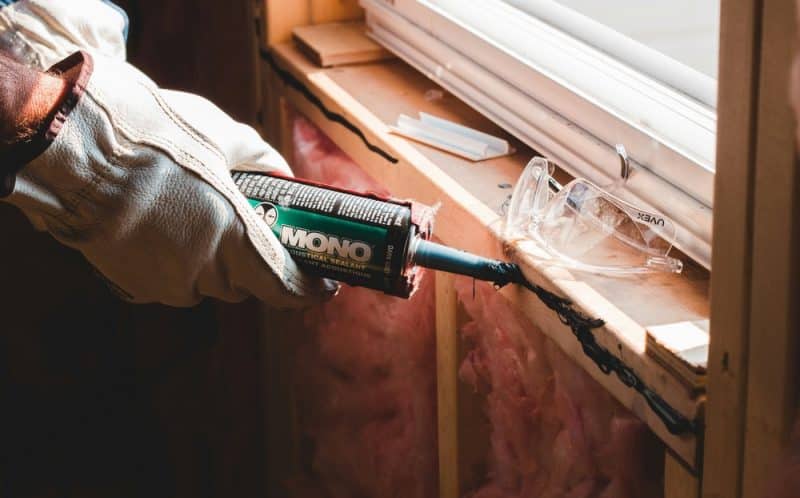
Weatherproofing your home might sound like a daunting task, but it doesn’t have to be. Whether you’re bracing for the chilly winds of winter or the scorching summer sun, a few simple improvements can make a world of difference.
Imagine a home that stays cozy and safe year-round, with lower energy bills and fewer unexpected repairs. Doesn’t that sound just perfect? That’s the power of weatherproofing. You can enhance your home’s durability by investing in simple upgrades like roof inspections, quality exterior paint, and proper insulation. And the added bonus? A more comfortable living space for your family.
Ready to make your home a fortress against the elements? Dive into our straightforward home improvement tips that will do the trick without straining your wallet.
1. Protect Your Roofs and Gutters
Your roof and gutters play a crucial role in safeguarding your home against the challenges posed by snow and ice. While snow creates a picturesque scene, it has the potential to cause significant damage to your roof if not handled correctly.
Here’s how it happens: when snow accumulates on your roof, it leads to ice dams, which occur when the snow melts and refreezes at the edges of your roof. These ice dams can block the drainage, causing water to seep under your shingles, resulting in water damage and leaks.
The weight of accumulated snow can also stress your roof structure. In 2022, Buffalo, New York received a record-setting snowfall of 80 inches, leading the residents to fear roof collapses. Many took to shoveling their roofs to save their homes after a nursery greenhouse collapsed under snow’s pressure.
Beyond regular cleaning, make it a habit to check if your roof is in good condition before every seasonal change. Inspect for any damaged or missing shingles and replace them to maintain a strong barrier against the elements.
Your gutters play a vital role too. Clogged or damaged gutters can’t effectively channel melting snow away from your roof and home. As a result, this can lead to overflow and pose a risk of damaging your foundation and walls.
To mitigate these risks, it’s essential to maintain clean gutters and downspouts regularly. Additionally, installing gutter guards can help prevent debris from accumulating and blocking proper drainage.
2. Protect Your Home’s Exteriors With The Right Paint
Many residents wonder if fussing over the right exterior painting is even worth it. The answer is a resounding yes.
High-quality, waterproof paint serves as a crucial barrier against the elements, shielding your home from rain, snow, and humidity. It’s not just about color—it’s about protection. Absolute Painting notes that it’s also essential to choose paints that can withstand fading and mildew, and are easy to clean.
Waterproof paint acts as a barrier that prevents moisture infiltration into your walls. This protection is crucial because moisture penetration can result in mold growth, wood decay, and even structural issues. By effectively repelling water, waterproof paint helps preserve the integrity of your home’s exterior, reducing the likelihood of expensive repairs in the future.
In wetter cities like Portland, waterproof paints are even more important. Earlier in January, the city received record-breaking rainfall alongside Austin, Atlantic City, and Asheville. Warnings of flood were also announced for some of these regions.
If you’re a Portland resident considering getting your exteriors re-painted, we’d recommend hiring professional help for it. There are plenty of Portland house painting services in the market that are great at the job and will get it done within days.
3. Pay Attention to Home Insulation
Paying attention to your home’s insulation is a smart investment that pays off in both comfort and savings. Insulation also improves the overall energy efficiency of your home, reducing your bills significantly.
Victor Olgyay, the principal architect at the RMI’s carbon-free buildings program, talked to Vox about the importance of insulation in 2022. Olgyay referenced a study revealing how increased insulation in single-family homes could bring down 80 million tons of carbon dioxide from power plants.
Start with upgrading attic insulation, which can make a substantial difference in maintaining a consistent indoor temperature. Materials like fiberglass, cellulose, or spray foam insulation are ideal for trapping heat and are effective for this purpose.
Finally, consider insulating your pipes. In addition to preventing them from freezing in the winter, it also helps maintain consistent water temperatures. This, in turn, can reduce the energy required to heat water.
4. Invest in Weatherstripping
Weatherstripping is a simple yet effective way to seal gaps around doors and windows, making your home more energy-efficient and comfortable year-round. These small gaps might seem insignificant, but they play a major role in your home’s energy efficiency by allowing air leaks and drafts.
Start by inspecting the areas around your doors and windows for gaps where air might be escaping. Common places to check include the edges of doors and windows, as well as where they meet the frame. Even small gaps can make your heating and cooling systems work harder.
Once you’ve noted the areas where weatherstripping is required, it’s time to pick the right product for it.
Felt and open-cell foam work well in low-traffic areas and are also inexpensive. Vinyl, on the other hand, is expensive but also better at moisture resistance. Metal weatherstripping beats other materials in terms of durability and can also add a vintage touch to older homes.
Even after the weatherstripping is installed, your job is only half done. You should make it a point to inspect it regularly—especially after extreme weather conditions or temperature changes. That way, if it ever needs a replacement, you’ll know about it right away.
5. Improve Your Home’s Ventilation
If you want your home to have a healthy and comfortable indoor environment, you need proper ventilation. It helps to regulate moisture levels, remove indoor pollutants, and prevent mold and mildew growth.
Did you know that a person needs 20 cubic meters of fresh air per hour to live healthily? If there isn’t enough supply of fresh air in your house, you’ll end up breathing the same contaminated air repeatedly.
To avoid suffering like that, consider installing a whole-house ventilation system in your home. Installing exhausts in high-moisture areas like kitchens, bathrooms, and basements is also essential to prevent mold growth.
Frequently Asked Questions (FAQs)
Can weatherproofing improve the resale value of my home?
Yes, it certainly does. It is no secret that potential buyers are often attracted to homes that are well-maintained and energy-efficient. Weatherproofing measures—including efficient heating and cooling systems—are particularly attractive. This is because they indicate lower maintenance needs and energy costs for your home.
What does weatherproofing my home for summer involve?
Weatherproofing your home for summer involves several key steps to keep your home cool and energy-efficient. Start by inspecting and sealing gaps around windows, doors, and vents. Installing reflective window films or shades is also a great solution to blocking out heat from sunlight. Ensure your attic is well-ventilated to prevent heat buildup.
Is waterproofing my basement an expensive job?
Yes, it is. The average cost of waterproofing a basement in the US ranges between $2,000 and $7,000. Most homeowners have reported waterproofing crawl spaces and foundations alongside their basements for around $5,000. However, a minor leak or repair can be fixed under $600 to $1,000.
The bottom line is that weatherproofing is more than just protecting your home. It’s about saving energy, reducing your carbon footprint, and minimizing the chances of major repairs in the future. Whether you’re preparing for winter snow or summer heat, these tips make it easier than ever to keep your home in top shape. Happy weatherproofing!

